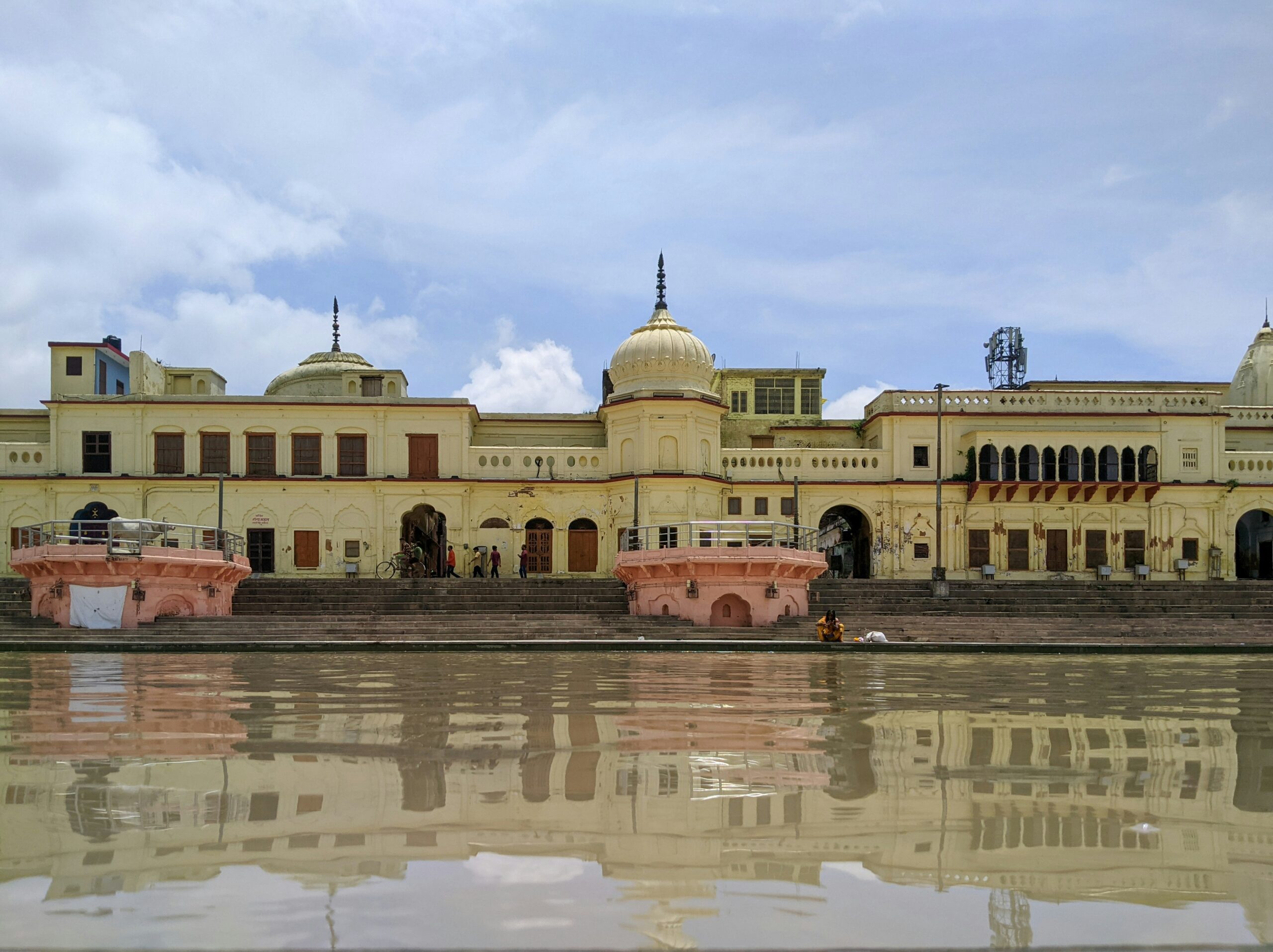
The Ayodhya Ram Mandir holds immense significance in the hearts of millions of Indians. Its history, the landmark judgement, and the final sammelan have been pivotal moments in the country’s socio-political landscape. In this article, we will delve into the complete history of the Ayodhya Ram Mandir, the long-standing dispute, the legal battle, and the unifying conclusion that has brought hope and harmony to the nation.
The Historical Significance of Ayodhya
Ayodhya, located in the northern state of Uttar Pradesh, is considered the birthplace of Lord Rama, a revered deity in Hinduism. The city’s history dates back thousands of years, and its association with Lord Rama has made it a place of great religious importance.
The Dispute and Legal Battle
The Ayodhya Ram Janmabhoomi-Babri Masjid dispute has been a contentious issue for several decades. The dispute revolved around the claim that the Babri Masjid, built in the 16th century, was constructed on the site believed to be the birthplace of Lord Rama.
Years of legal battles and protests followed, with emotions running high on both sides. The case eventually reached the Supreme Court of India, which heard arguments from all parties involved and examined historical evidence to arrive at a fair and just decision.
The Landmark Judgement
In November 2019, the Supreme Court delivered its historic verdict on the Ayodhya dispute. The court ruled in favor of the construction of a Ram Mandir at the disputed site, while also directing the government to allocate a separate plot of land for the construction of a mosque.
The judgement was based on a comprehensive analysis of historical records, archaeological findings, and testimonies from various experts. It aimed to provide closure to the long-standing dispute and promote communal harmony in the country.
The Final Sammelan: A Symbol of Unity
The final sammelan, or gathering, held in Ayodhya marked a historic moment for India. It brought together people from all walks of life, irrespective of their religious beliefs, to witness the laying of the foundation stone for the Ram Mandir.
The event was attended by political leaders, religious figures, and citizens from across the nation. It symbolized unity, peace, and the shared cultural heritage of India. The construction of the Ram Mandir is seen as a step towards healing the wounds of the past and fostering a spirit of inclusivity and brotherhood.
A New Chapter for Ayodhya
The construction of the Ayodhya Ram Mandir is not just the realization of a long-held dream for many Hindus, but also a testament to India’s commitment to secularism and religious tolerance. It signifies the country’s ability to resolve complex disputes through legal means and peaceful coexistence.
Ayodhya is poised to become a center for spiritual tourism, attracting devotees from around the world. The development of infrastructure and amenities in the city will further boost tourism and contribute to the local economy.
Conclusion
The Ayodhya Ram Mandir stands as a symbol of India’s rich cultural heritage and its ability to overcome divisive disputes. The journey from a long-standing dispute to a unifying conclusion has been a remarkable one, showcasing the strength of India’s democratic institutions and the resilience of its people.
As the Ayodhya Ram Mandir takes shape, it serves as a reminder of the power of unity, tolerance, and the shared aspirations of a diverse nation. It is a testament to the belief that no matter the challenges faced, India will continue to strive towards peace, harmony, and progress.